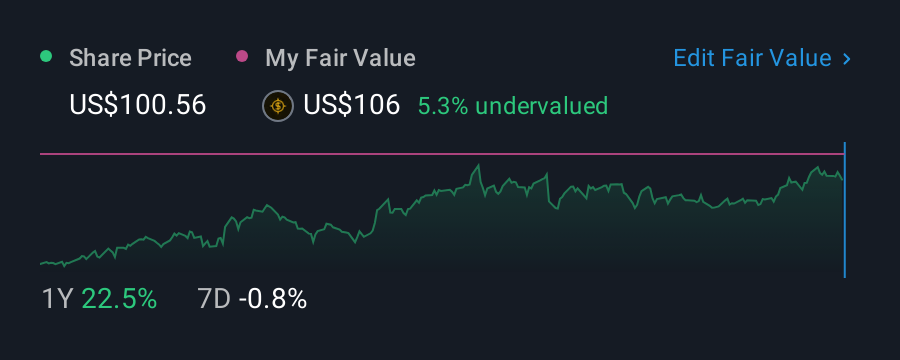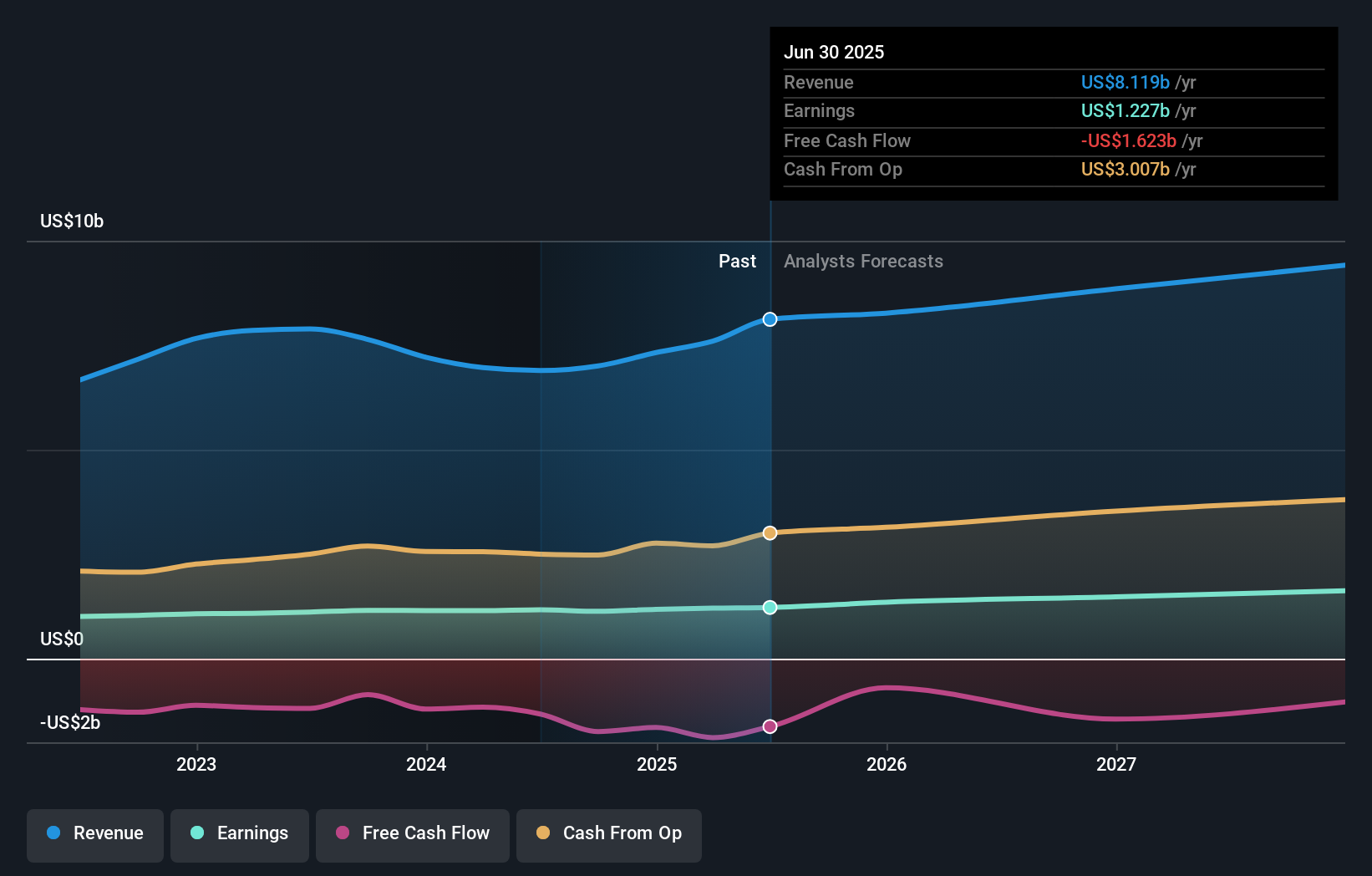

Ameren Corporation (NYSE:AEE) last week reported its latest second-quarter results, which makes it a good time for investors to dive in and see if the business is performing in line with expectations. Revenue of US$2.2b beat expectations by an impressive 25%, while statutory earnings per share (EPS) were US$1.01, in line with estimates. The analysts typically update their forecasts at each earnings report, and we can judge from their estimates whether their view of the company has changed or if there are any new concerns to be aware of. We've gathered the most recent statutory forecasts to see whether the analysts have changed their earnings models, following these results.

Taking into account the latest results, Ameren's ten analysts currently expect revenues in 2025 to be US$8.27b, approximately in line with the last 12 months. Per-share earnings are expected to accumulate 9.4% to US$4.96. In the lead-up to this report, the analysts had been modelling revenues of US$8.29b and earnings per share (EPS) of US$4.96 in 2025. The consensus analysts don't seem to have seen anything in these results that would have changed their view on the business, given there's been no major change to their estimates.
See our latest analysis for Ameren
It will come as no surprise then, to learn that the consensus price target is largely unchanged at US$107. Fixating on a single price target can be unwise though, since the consensus target is effectively the average of analyst price targets. As a result, some investors like to look at the range of estimates to see if there are any diverging opinions on the company's valuation. There are some variant perceptions on Ameren, with the most bullish analyst valuing it at US$118 and the most bearish at US$90.00 per share. This is a very narrow spread of estimates, implying either that Ameren is an easy company to value, or - more likely - the analysts are relying heavily on some key assumptions.
Taking a look at the bigger picture now, one of the ways we can understand these forecasts is to see how they compare to both past performance and industry growth estimates. We would highlight that Ameren's revenue growth is expected to slow, with the forecast 3.7% annualised growth rate until the end of 2025 being well below the historical 7.0% p.a. growth over the last five years. By way of comparison, the other companies in this industry with analyst coverage are forecast to grow their revenue at 4.7% per year. Factoring in the forecast slowdown in growth, it seems obvious that Ameren is also expected to grow slower than other industry participants.
The Bottom Line
The most important thing to take away is that there's been no major change in sentiment, with the analysts reconfirming that the business is performing in line with their previous earnings per share estimates. On the plus side, there were no major changes to revenue estimates; although forecasts imply they will perform worse than the wider industry. The consensus price target held steady at US$107, with the latest estimates not enough to have an impact on their price targets.
With that in mind, we wouldn't be too quick to come to a conclusion on Ameren. Long-term earnings power is much more important than next year's profits. We have forecasts for Ameren going out to 2027, and you can see them free on our platform here.
You should always think about risks though. Case in point, we've spotted 3 warning signs for Ameren you should be aware of, and 1 of them is a bit unpleasant.
Have feedback on this article? Concerned about the content? Get in touch with us directly. Alternatively, email editorial-team (at) simplywallst.com.
This article by Simply Wall St is general in nature. We provide commentary based on historical data and analyst forecasts only using an unbiased methodology and our articles are not intended to be financial advice. It does not constitute a recommendation to buy or sell any stock, and does not take account of your objectives, or your financial situation. We aim to bring you long-term focused analysis driven by fundamental data. Note that our analysis may not factor in the latest price-sensitive company announcements or qualitative material. Simply Wall St has no position in any stocks mentioned.